You are here
Back to topDurian Prices in China Fall in Early July
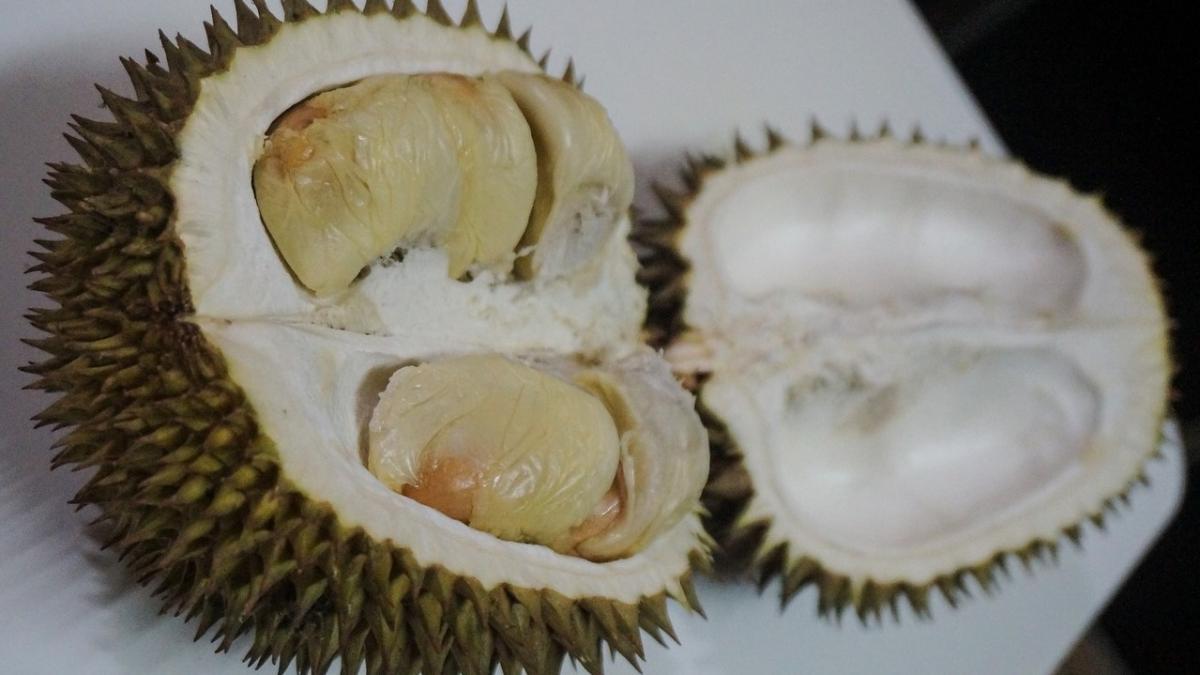
According to a news report on Thaizhonghua.com, southern Thailand’s durian production is projected to reach 670,000 metric tons this year. In the second week of July, farm gate prices for grade A and grade B durians in the region ranged from 130 to 145 Thai baht ($3.82–4.26) per kilogram, while grade C and grade D durians were priced at 95–105 baht ($2.79–3.08) per kilogram and 90 baht ($2.64) per kilogram, respectively.
An officer from the Thai Ministry of Commerce stated that the market outlook for Thai fruits is positive, with high demand from foreign buyers resulting in numerous bulk orders and causing a continuous increase in local prices. In fact, prices for even lower-quality durians have reached 100 baht ($2.94) per kilogram. However, according to the officer, the current priority is to ensure that farmers adhere to quality control measures and refrain from selling unripe or inferior fruits. He emphasized that maintaining quality is crucial for securing favorable prices.
Owing to a remarkable improvement in the customs clearance efficiency since the opening of the China–Laos railway, there has been a substantial increase in the volume of fruit transported via this route. This year alone, an impressive 2,124 containers of fruit have been successfully transported, representing a significant increase from last year’s 512 containers. Rail transportation not only facilitates temperature control but also greatly reduces transportation time. Official data released by Thai authorities reveal that between Jan. 1 and May 25, Thailand exported 477,741 metric tons of durians worth 62.39 billion baht ($1.83 billion) to China, setting a new record.
However, the large quantity of durians from southern Thailand entering the Chinese market has caused durian prices in China to once again experience a significant decrease, reaching a new low for the year in early July. According to local media reports, even the highly sought after Thai Golden Pillow durians are currently selling for only 51.6 Chinese yuan ($7.15) per kilogram on the retail market.
Besides the current excess of durians on the market, the quality of durians originating from southern Thailand has also played a crucial role in determining their prices in China. In particular, Golden Pillow durians from southern Thailand are reported to have inconsistent quality and be somewhat inferior to those sourced from eastern Thailand, with underripe or overripe fruit quite common. This has caused the market price for Thai Golden Pillow durians to fall to the same level as for those from Vietnam.
Retail prices of durians in China have witnessed significant fluctuations since the beginning of the year. In April, prices hovered around 50 yuan ($6.93) per kilogram, then rose to 60 yuan ($8.32) per kilogram in early May and further escalated to 70 yuan ($9.70) per kilogram by late May. However, they have now plummeted to below 40 yuan ($5.54) per kilogram. The low prices in April were caused by an abundant supply of durians from eastern Thailand. Demand from the Chinese market then rapidly increased in May as the supply fell short, causing prices to surge. In June, large quantities of durians from Thailand and Vietnam entered China, which naturally led to another drop in prices.
At present, there is a limited supply of Vietnamese Golden Pillow durians on the Chinese market. However, if they were to enter China in large quantities, it is likely that durian prices on the Chinese market would reach a new low. In the event that the quality of durians from southern Thailand continues to deteriorate, it is possible that Vietnamese durians may soon fetch higher prices than their Thai counterparts.
Image: Pixabay
This article was translated from Chinese. Read the original article.



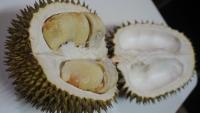
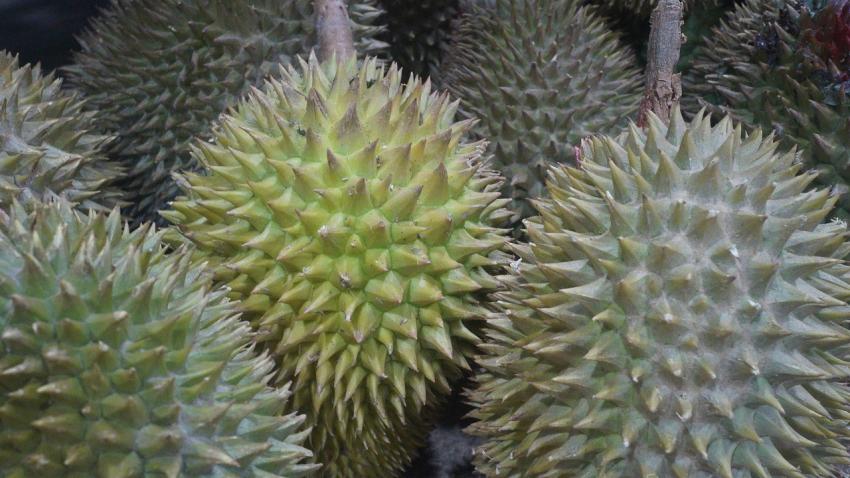
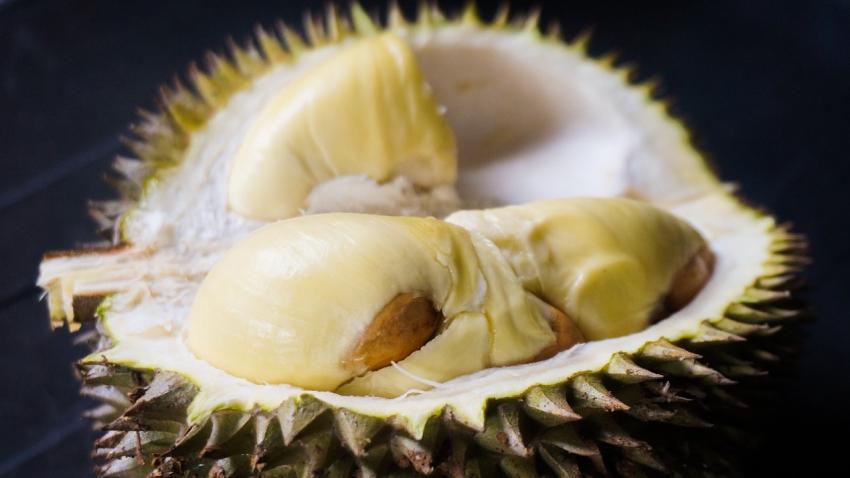
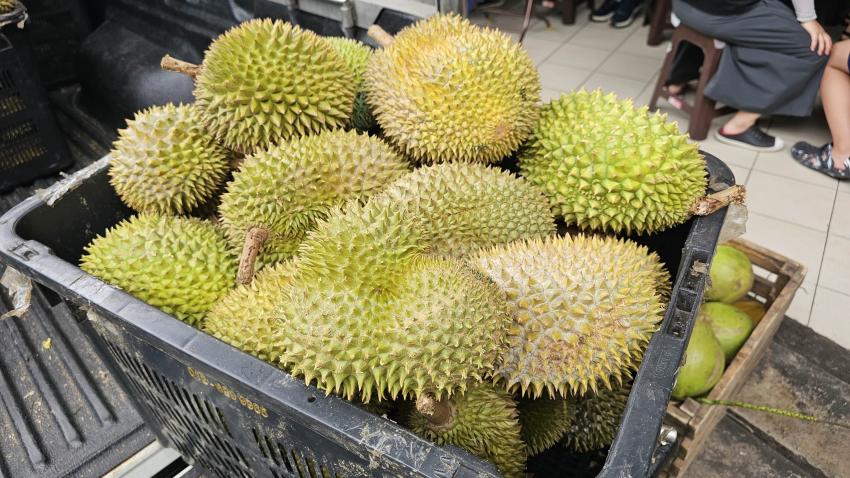







Add new comment